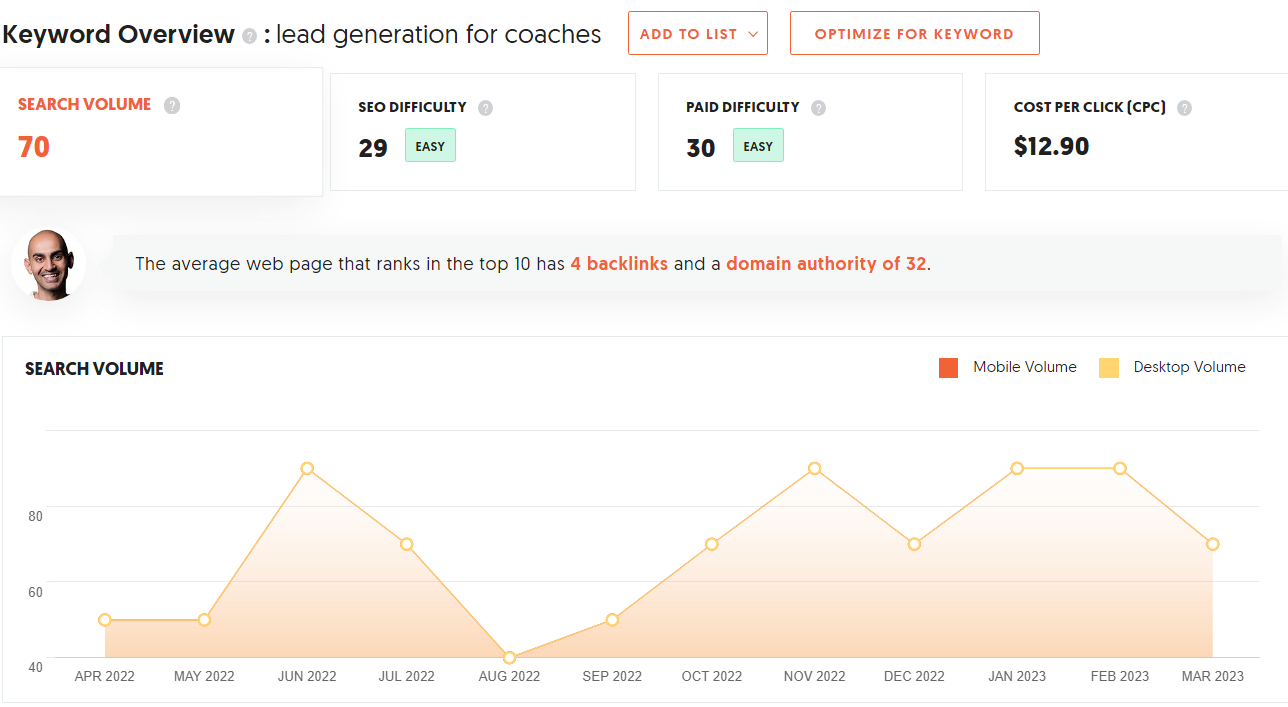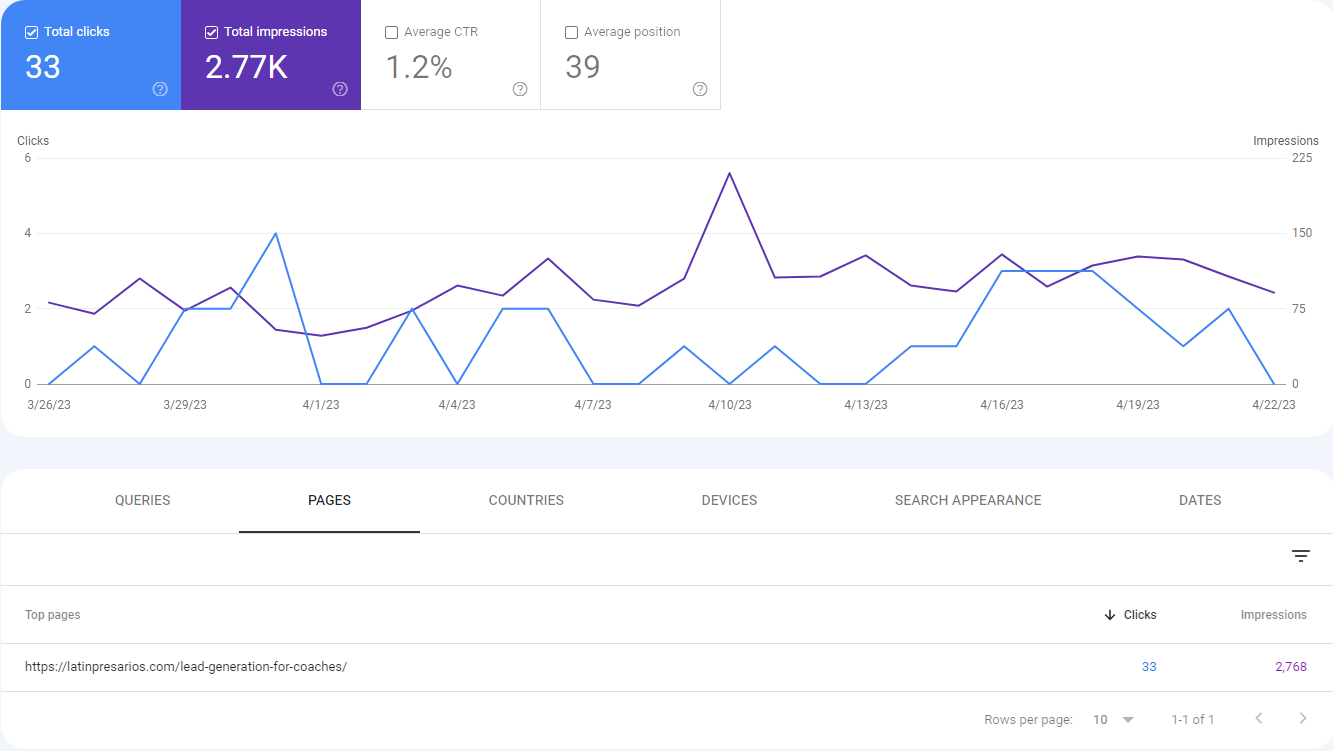Before you cant determine how much to pay for a blog post, it’s key that you determine how much value you can get from it.
A blog post can cost as low as $10 or it can cost $2,000. Sometimes it can go upwards of $5,000. This wide gap in pricing can be confusing.
Which option is so cheap that the quality would be too low even to consider it? Which option is too expensive?
In this blog, I will share with you a framework so that you can have a better understanding of what are the main differences between a $1,500 and a $150 blog.
Also, I will share specific examples of $2,000 blog vs. $200 blog comparisons so that you can clearly understand what to expect in each price point.
Contents
- 1 How do blogs create value?
- 2 How can blogs help you attract your ideal clients?
- 3 How can blogs help you educate your clients?
- 4 How can blogs help you convert readers into clients?
- 5 Typical ways in which blog cost is determined?
- 6 Measuring the value of a blog
- 7 Examples of $2,000 vs. $200 blog comparisons
- 8 Why should you pay $2,000 for blog posts?
How do blogs create value?
Before deciding how much to pay for a blog post, you need to determine the goal you are expecting to achieve with the blog.
There are three ways in which a blog can create value. It can help you make money, save money, or save time. That’s it.
Anything else you can think of can go into any of those big buckets.
Now, the specific goals I aim to achieve when I write a blog for my business, or for my clients, is on or all of the following:
- Attract ideal clients
- Educate ideal clients
- Convert ideal clients
Let’s go through each of those.
How can blogs help you attract your ideal clients?
There are two ways in which a blog can help you attract your ideal clients. Passively or actively.
If the blog ranks well on Google, then it is attracting clients passively. Anyone that searches for the topic you cover in your blog will see it on Google and once they click on it, you’ve effectively attracted them to your website.
The other way is to actively promote your blog on your social media accounts, newsletter, and you can even run paid ads to drive traffic to it (only recommended when you know the conversion rate of the blog).
This is a bit meta, but an example of this situation is this blog that you are reading. You were likely searching for “how much to pay for a blog post,” or something like that, and now you are here (I attracted you, a potential client, to my website).
You can do the same. By identifying high-value keywords in your niche, you can start writing blogs around those topics to attract ideal clients to your website.
There are many SEO tools that share data about the monthly volume of searches for each keyword as well as data about the cost per click of these. With these two variables, you can estimate the value of getting your blog to rank organically for said keyword.
Also, such blogs can create value by saving you time. Because now you are getting in front of potential customers without having to leave home.
How can blogs help you educate your clients?
If you ever find yourself repeating a piece of information over and over again in your discovery calls, you can turn it into a blog to help educate your clients.
Again, we can use this blog as an example of how to educate your clients.
Here, I’m educating you on the differences in blog pricing (because I’m on the high end). That way I don’t have to go over this during a discovery call. I’m saving you time because you don’t have to go through the process of booking a call with me to find out about the differences in blog pricing.
You can do so whenever you want.
Any educational information you repeat over and over in your sales, onboarding, or even client engagement process can be turned into a blog to help save you time and make it as convenient as possible for your client to consume the information.
No need to block calendars, book Zoom meetings, or even pick up the phone.
How can blogs help you convert readers into clients?
Some of you will get so much value from this blog that you’ll reach the end and will be curious about my process for creating blogs that are worth up to $10,000 or more.
And those of you who are curious about how blogs can help you grow your business on autopilot will likely book a call with me to learn more about how this content strategy can be applied to your business.
The same can be applied to your niche. I’ve done it for clients in industries such as:
- Financial services
- Health insurance
- Sales training
If you sell a high-ticket service to humans, blogs are a great way to shorten your sales cycle and invest in a sales and marketing process that grows exponentially.
Typical ways in which blog cost is determined?
There are many ways in which blog cost is determined, but the main ones are per hour, per word, and per post.
Per hour blog rates
As a baseline, the hourly rates for blog writers on Upwork are classified as follows:
- Beginners at $20 per hour
- Intermediates at $41 per hour
- Experts at $85 per hour
The challenge with the per hour fees is that they say nothing about what to expect as the full price.
Per word blog rates
Another option is per word. Here is a basic breakdown from indy:
- Entry level: $0.3 to $0.6 per word
- Intermediate: $0.7 to $0.12 per word
- Experienced: $0.13 to $0.20 per word
- Expert level: $0.21 to $0.30 per word
The challenge with per word is that incentives are not aligned. Is a blog better if it’s longer? What if there is a lot of fluff?
Per post blog rates
Going back to Upwork, we can see their per-blog tiers are:
- Under $10
- Under $25
- Under $175
Also, in our blog about the best blog writing services, we shared how some agencies charge up to $6,000 per blog.
At this point, you might be even more confused about the cost of a blog. How is it possible that something can be worth as low as $10 or as high as $6,000?
Let’s go a bit deeper into understanding how to measure the value of a blog, which will help you determine if you are going to get your money back when you invest in one.
Measuring the value of a blog
Getting a blog to help you attract ideal clients sounds cool, but how do you measure it?
Easy.
You leverage Google’s data.
Most SEO tools can easily tell you the value of a blog by using the cost-per-click data of the blog’s keywords. It’s not super accurate, as I’ve seen blogs generate more or less than those calculations, but it’s a starting point.
For example, the keyword “best immigration lawyer” has a cost per click of $8.30. This means that many lawyers are running Google ads, hoping to get clients, and they are paying $8.30 per click.
If you were a lawyer, and you write a great blog that ranks for “best immigration lawyer” (and all the different variations and related keywords), you can get a lot of that traffic for free.
On average, the first and second organic search results get 28.5% and 15.7%, respectively. And paid ads get only about 2%.
So, let’s say that the total number of people that search for “best immigration lawyer” and its variations (best immigration lawyers, immigration lawyer, immigrations lawyers, etc.) is 10,000 people each month.
This would be the number of clicks each option gets:
- 1st organic result: 2,850
- 2nd organic result: 1,570
- 3rd organic result: 1,100
- Paid ads: 200
Now, keep in mind that each click, according to Google, is worth $8.30. In the case of ads, you have to pay that cost. In the case of organic results, you are saving that money (because you get the clicks for free).
Here’s the value that would be generated in this case for each of the organic results:
- 1st organic result:$23,655
- 2nd organic result: $13,031
- 3rd organic result: $9,130
Now, for keywords as valuable as the ones we describe in the example, it’s not as easy to rank in the top 3. But there are always opportunities out there with long-tail keywords (i.e., “best immigration lawyer in houston texas”) that are valuable and don’t have as much competition.
But that’s just one way to calculate the value of a blog.
Another way is to track the leads that are generated from a blog, and then once those close, you can attribute some of the value of the deal you closed to the blog.
And also, you can track the number of hours you are saving in lead qualification thanks to your educational blogs.
Say you usually do 3 meeting with each prospect before you can close them. And, let’s say you meet with 20 prospects each month. That’s a total of 60 hours of qualification.
If you write educational blogs that you can send to your prospects before your meeting, which allows you to bring that number down to 1 meeting, then you’d be saving 40 hours each month. That’s more than 400 hours in a year. If you make $100 an hour, that’s $4,000 monthly savings and more than $40,000 yearly savings.
Do you now see how a blog can be worth $10,000 or more?
Examples of $2,000 vs. $200 blog comparisons
In this section, we will explore different keywords/topics and we will see an example of a $2,000 and a $200 for each of those keywords/topics.
The goal is to help understand what to expect when you pay a writer a certain amount for a blog post.
Blogs about “How to get clients online”
This blog ranks in the top 3 of Google searches related to “how to get clients online.” The blog has more than 3,000 words and covers in-depth examples of how you can get clients online.
The blog clearly establishes the authority and experience that the writer has on the topic. It covers some high-level resources as well as some how-to detailed explanations.
Also, it has screenshots and transitional calls to action (the CTA to the free guide).
This blog looks like the outline of the other blog.
Nothing wrong with that.
This blog is likely generating value to the writer that gets mentioned at the beginning of it, because there are links to her book.
Also, it’s generating value because the writer that was mentioned in it can now say she was featured on “Entrepreneur.” But other than that, it’s unlikely that it is generating value in any of the ways we have described in this blog.
It’s not ranking on the first page of Google, it’s likely not giving a ton of value to people that want to find clients online, and it’s unlikely that it’s generating revenue (since there are not a lot of direct and indirect calls to action other than the ads).
Blogs about “Lead generation for coaches”
I’m using one of our own so that you can see what we do differently.
This blog ranks in the top 3 for the keywords it targets. As a reference, the keyword “lead generation for coaches” is valued at $12.9 per click.

And in the last 28 days, we got 33 clicks for that blog, so in traffic alone, it has generated $425.

In terms of attracting leads, if I had paid $1,500 for that blog, in about 3 months, I would’ve recovered my investment.
In that blog, I have in-direct calls to action (the banners) that lead readers to more in-depth resources about the topics that are covered (which helps me build trust with potential clients).
Also, I have direct CTAs to book a call (which helps me convert readers into potential clients).
Now, compare that blog to this one:
This is another article that looks like the outline of what a high-value article should look like.
The blog has a ton of ads, which diminishes the user experience. Also, it doesn’t have any banners with direct or indirect CTAs.
It has a newsletter subscription that does not make a clear promise.
It’s not a bad blog. But don’t expect any business growth from it.
Why should you pay $2,000 for blog posts?
I charge $2,000 for a blog post because it is what is necessary to build a blog that will deliver on its promise.
Whenever I write a blog, I want to make sure that it’s going to deliver a positive ROI for you. Either by making you money, saving you money, saving you time, or ideally, all of these at the same time.
Why? Because there is no exponential growth in selling $1,500 blogs to a bunch of people each month. I know that now many will invest in a high-value blog, and that’s fine.
But I want to make sure that those who invest, see a positive ROI so that they come back for more. When you pay $1,500 for a blog and in less than 3 months you have recovered your investment, it’s likely that you’ll come back for more.
Here’s the process I go through to write each blog:
- Meeting with you, the niche expert, to get your niche insights
- Sending you a discovery survey
- Researching your niche and competitors
- Doing keyword research to identify the most valuable keywords
- Picking the keywords/topics that I know for sure you can dominate as a top 3 result
- Reading the current blogs that are ranking top 3 to determine what we need to include in your blog to outrank these
- Outlining the blog and sending it to you for approval
- Writing the draft and sending it to you for approval
- Making any edits and scheduling an interview if you want to add anything else (and then I transcribe your answers)
- Creating all the images and graphics for the blog (Including the CTA banners)
- Uploading and formatting the blog on your website
- Monitoring the blog on an SEO dashboard to track its progress
- Make any updates/edits that are necessary to make sure the blog is ranking in the top 3 and that people are clicking on the CTAs that we have on the blog
At the beginning of each blog project, we will determine a goal for it. It is only when the goal is achieved that I consider the project is finished.
With a $200 blog, you get a certain amount of words, maybe a couple of rounds of edits, and then you get a Word document. The rest will be up to you.
Most of the time, a $200 blog is a cost and a $2,000 blog is an investment.
Whenever you are ready to invest in your business, you can learn more about our blog content packages by visiting our services page. Or you can book a call with me so that we can brainstorm some potential ideas for your blog.




